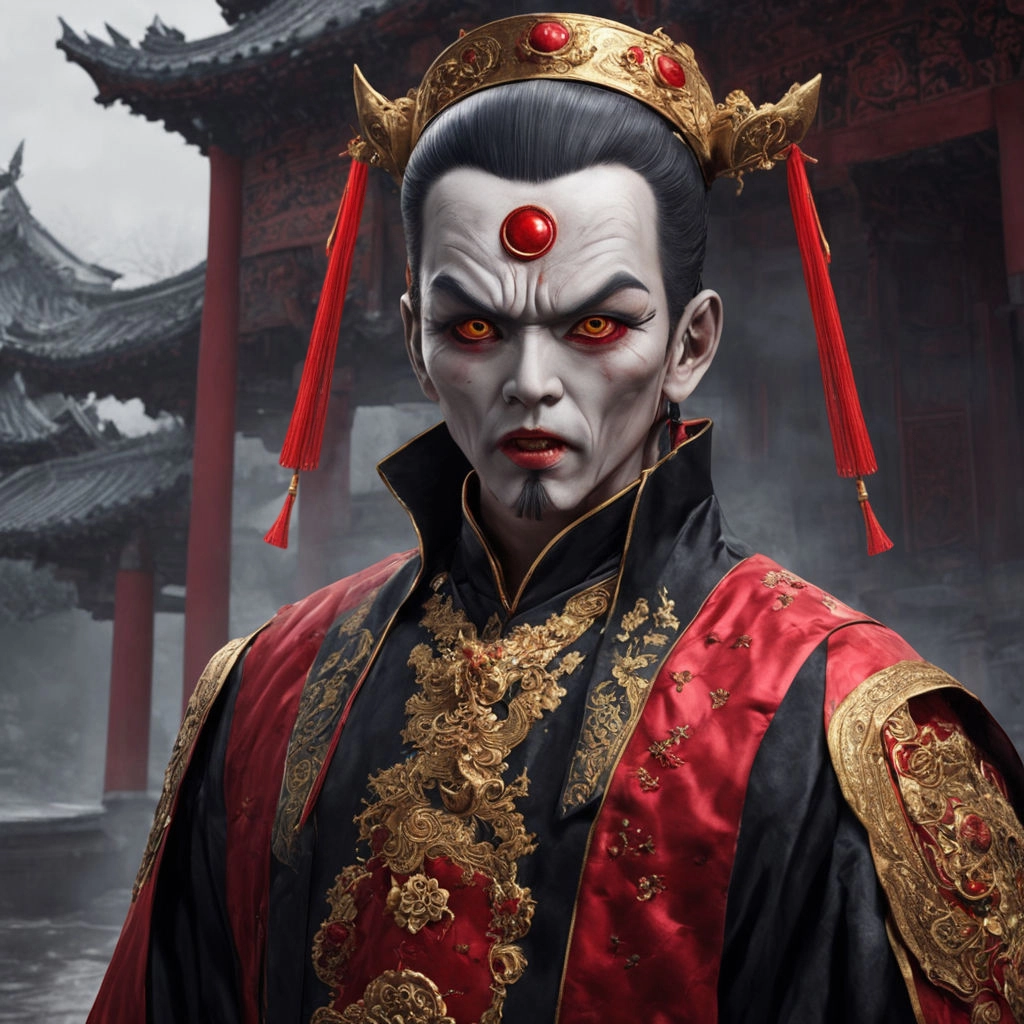Jiangshi: The Hopping Vampires of Chinese Folklore

Origins and Characteristics
Jiangshi, also known as “hopping vampires” or “Chinese zombies,” are iconic figures in Chinese folklore. Their origins trace back centuries, often depicted as reanimated corpses of those who died under violent or unnatural circumstances. These beings return to the living world to drain the life force. Their appearance is characterized by pale, desiccated skin, sharp claws, and teeth. Unlike Western vampires, Jiangshi move with a distinctive hopping gait due to their stiff limbs.
Cultural and Historical Context
The legend of Jiangshi likely stems from practical funeral customs. In ancient China, low-income families enlisted Taoist priests to transport deceased relatives home for burial. Priests would carry the bodies at night, with the rhythmic shaking of bamboo beds giving the impression of hopping corpses. Over time, these practices intertwined with superstitions, evolving into the myth of the Jiangshi. This historical context underscores the deep cultural roots and societal beliefs surrounding these creatures.
Jiangshi in Popular Culture
Jiangshi have been a staple in Chinese folklore and popular culture, inspiring numerous stories, films, and media. In the 1980s, Hong Kong cinema popularized the Jiangshi genre, blending horror, comedy, and martial arts. Films like “Mr. Vampire” achieved significant success, leading to a surge in similar productions. Despite the genre’s decline in the late 1980s, Jiangshi continue to captivate audiences, appearing in manga, anime, and video games, reflecting their enduring legacy and adaptability in modern storytelling.
Combatting Jiangshi
Taoist monks are often depicted as skilled in combating Jiangshi, using spells, talismans, and traditional methods. Common deterrents include mirrors, peach wood, and jujube seeds. Mirrors are believed to frighten Jiangshi by reflecting their own image, while peach wood is considered sacred and protective. These methods highlight the rich tapestry of Chinese folklore, emphasizing the belief in magical symbols and rituals to confront supernatural threats.
Symbolism and Western Influence
The depiction of Jiangshi in Qing Dynasty funeral robes carries significant cultural symbolism, reflecting the late imperial era. This imagery intersects with Western perceptions of Chinese officials, influenced by characters like Fu Manchu. Such portrayals often reinforce stereotypes and misconceptions about Chinese culture, shaped by colonial attitudes and Orientalist narratives. The integration of Jiangshi into Western-influenced media underscores the complex intersection of cultural, historical, and colonial influences in shaping these representations.
Conclusion
The mythology of Jiangshi offers a unique blend of supernatural elements, reflecting both Chinese and Western influences. Their enduring presence in folklore and popular culture highlights the universal fascination with the unknown and the supernatural. Whether viewed as fearsome creatures of the night or as symbols of cultural heritage, Jiangshi continue to intrigue and captivate, contributing to the rich tapestry of global folklore and mythology.

